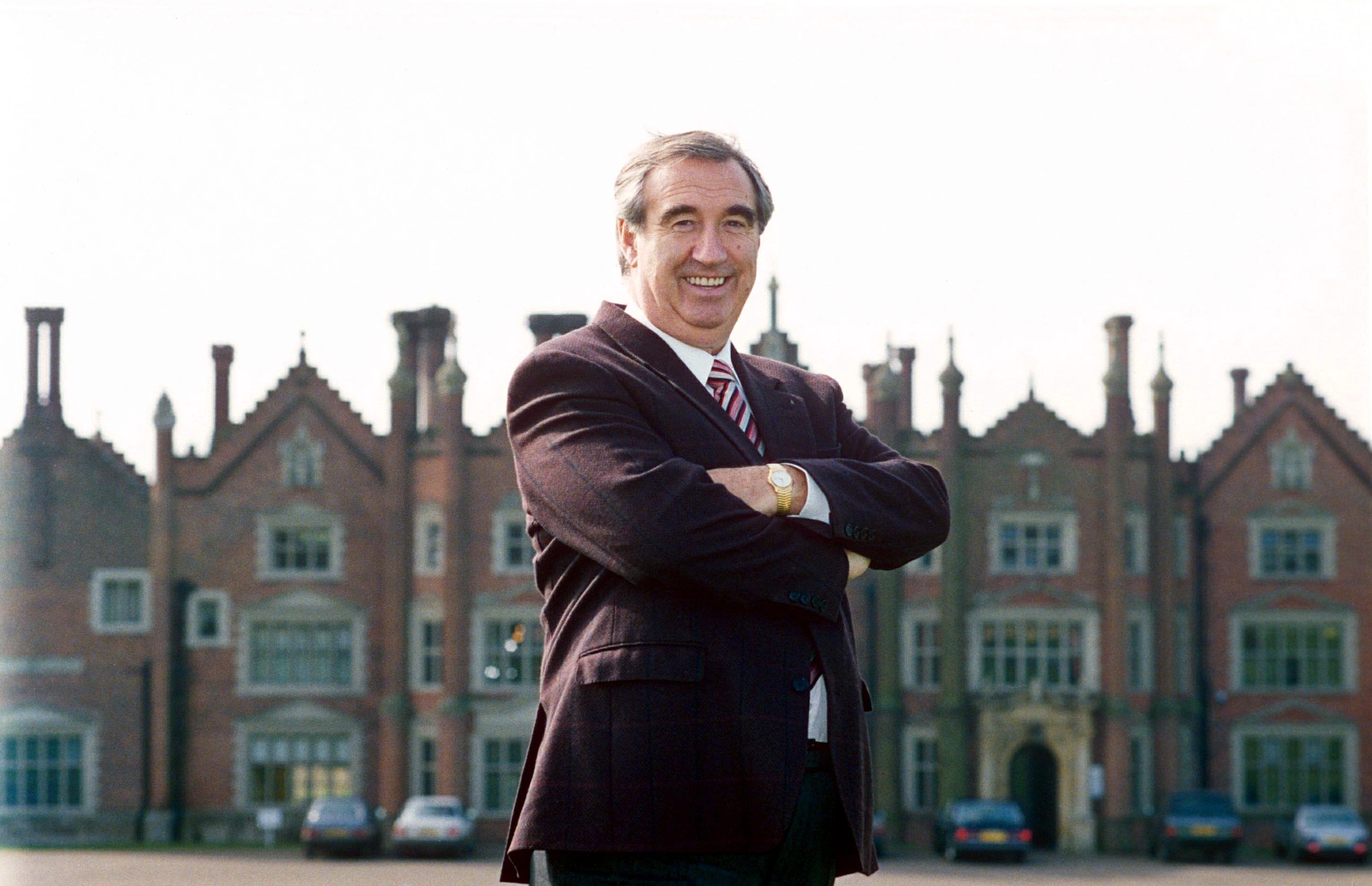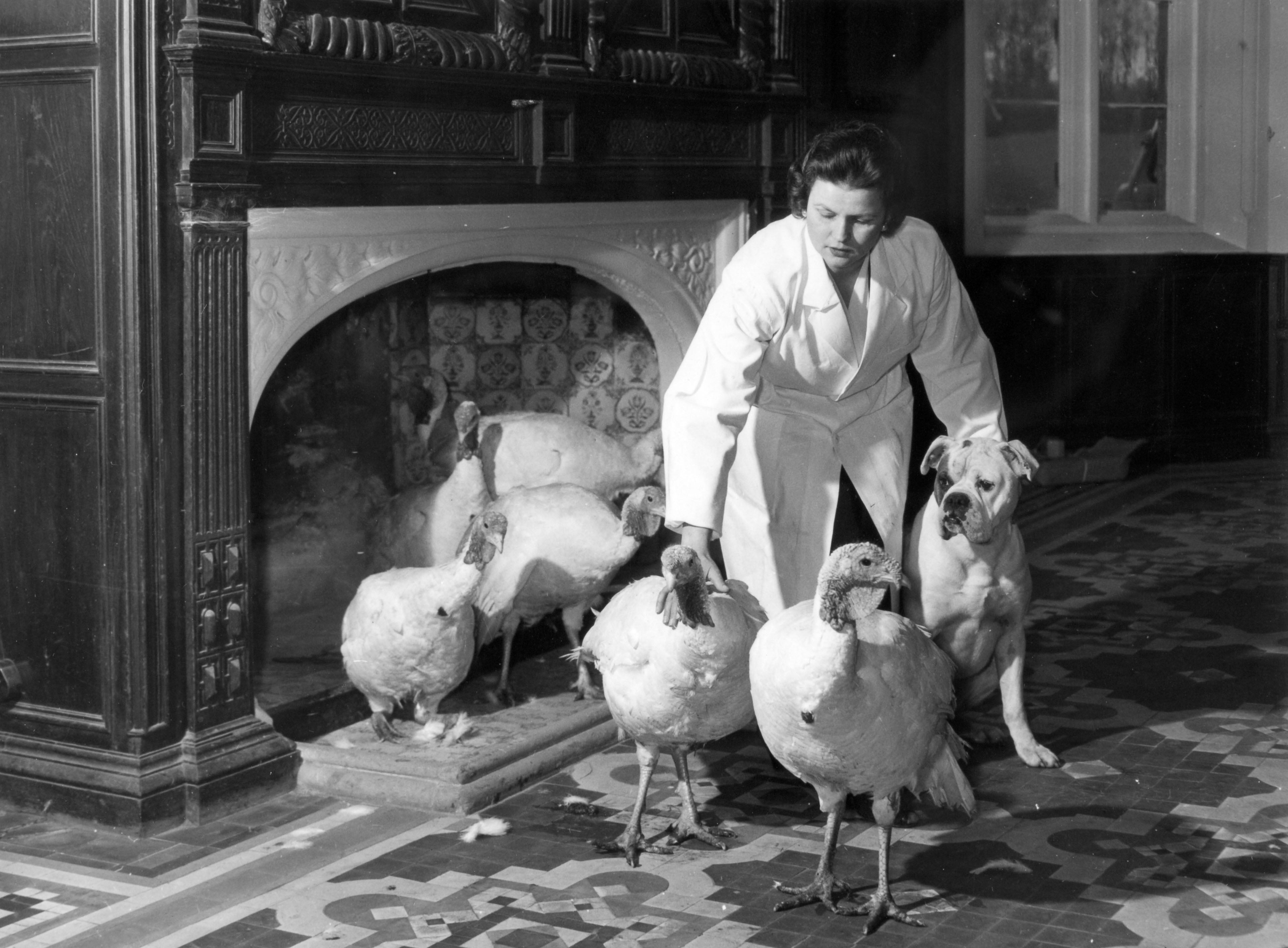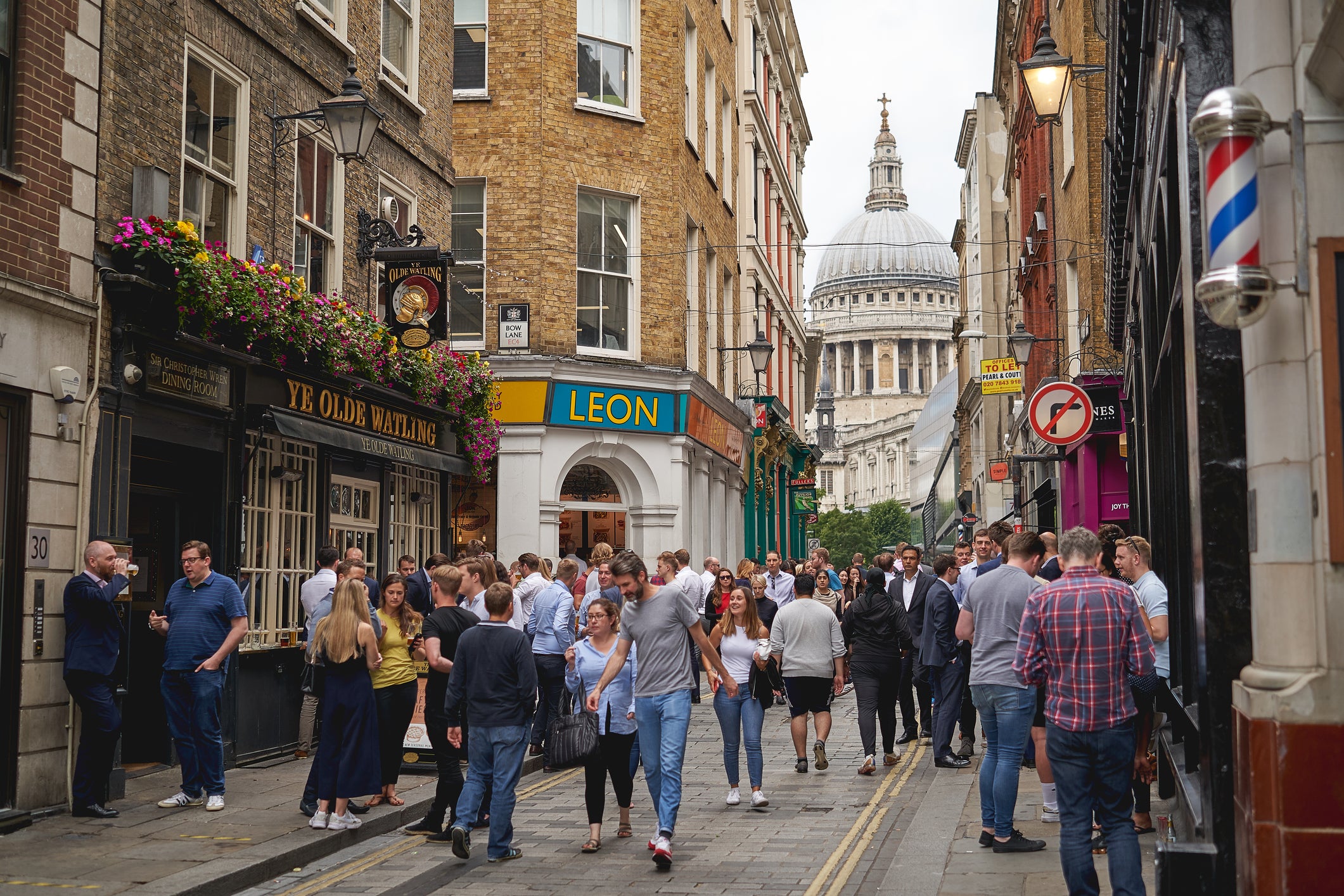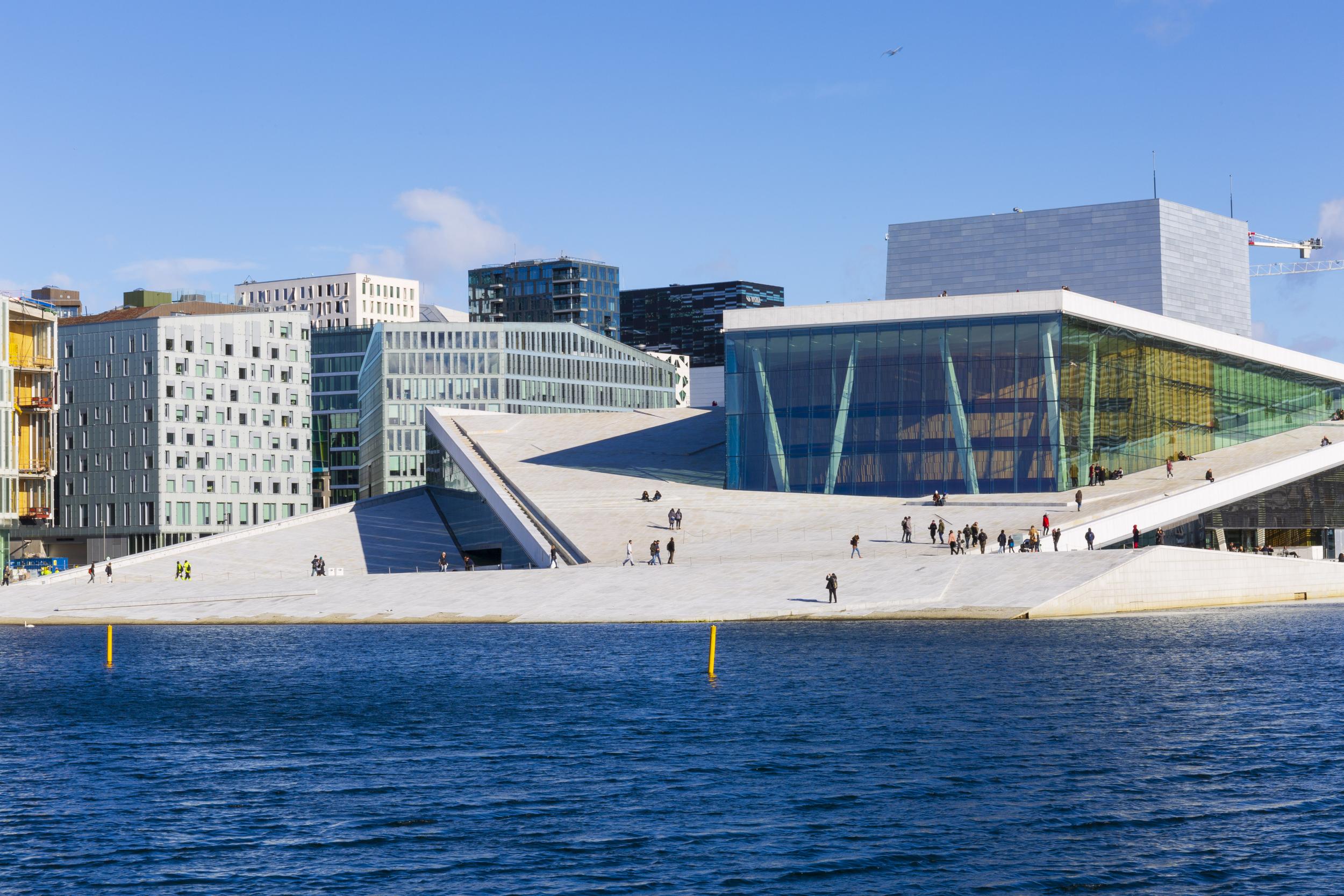What makes architects construct a ‘bootiful’ building or a total turkey?
Poultry king Bernard Matthews used a grand country manor to house his fowl... so when it comes to buildings, did philosopher Confucius have a point when he mused ‘everything has beauty but not everyone sees it’, wonders Jonathan Glancey

Filmed in front of Great Witchingham Hall, Bernard Matthews, the late Norfolk turkey magnate, described it as “bootiful”. Not his 16th-to-17th-century country house, that is, but his latest line in crispy crumb turkey steaks.
To Matthews, I can’t help feeling, Great Witchingham Hall must have been particularly “bootiful” when, having bought it for a song, or a cluck, in the mid-Fifties, he and his wife Joyce, living in two unheated rooms, filled it not with the antique furniture and exquisite portraits of Venus they couldn’t afford at the time, but to the rafters with gobbling turkeys. At a shilling a square foot, buying the hall, said Matthews, was cheaper than building turkey sheds at six bob a pop.
Thomas Aquinas, who is unlikely to have had a view on the aesthetics of turkeys and appears to have left no comment on the attraction or otherwise of more local fowl, said that beauty is that which gives pleasure when seen. In the canon of quotes concerning beauty, this might seem a little on the simplistic side, translating more or less as “beauty is in the eye of the beholder”. While some saw beauty in the concrete cooling towers – machines for making clouds – of Didcot power station, styled by Sir Frederick Gibberd, architect of Liverpool’s Metropolitan Cathedral of Christ the King, others damned the whole caboodle as the tectonic spawn of the devil.
On Friday (10 November), the novelist Sir Ben Okri handed out the Royal Fine Art Commission Trust’s 2023 Building Beauty Awards at Sea Containers – not, you understand, a stack of rugged steel boxes used for shipping goods around the world, but a glammed-up 1970s office block and hotel close to the National Theatre, an altogether more demanding building described by King Charles when he was still Prince of Wales as “a way of building a nuclear power station in the middle of London without anyone objecting”.
When in 2016 Dezeen, the online architecture and design magazine, published images of the newly refurbished interiors of Sea Containers, its write-up prompted two comments. One said: “A thing of beauty. I love it.” In princely style, the second opined: “It looks more like a correctional facility.”

While the Royal Fine Art Commission Trust has its eyes in the right place – most people would prefer beautiful buildings to ugly ones – it is impossible to avoid the question of whose eyes, and what beauty. Ever since Vitruvius’s De Architectura – written around 30BC and dedicated to Augustus – was popularised in English language editions from about the time Great Witchingham Hall was first completed, architects have been able to fall back on the three conditions that a good, or “well”, building possesses. In his 1624 translation, Sir Henry Wotton defined these as “commodity, firmness and delight”.
While the first two conditions should be self-evident – a “well” building must offer appropriate accommodation for those who use it, and it must be well constructed – the third, “delight”, is tricky. Vitruvius used the word venustas, or beauty – associated, of course, with Venus, goddess of love.
But divine beauty can take many forms. The chaste and limbless Venus de Milo. The Rokeby Venus, despised by studenty anti-oil protestors. Rock’n’roll’s “Venus in Blue Jeans”. Britannia Pacific 70023 Venus tearing through Reading General at 85mph at the head of the Paddington-bound South Wales Pullman. The planet Venus, our morning and evening star. Or even “Venus in Furs”, over whose underground motifs we may wish to draw a velvet veil.

Is the Venus de Milo beautiful? Or does this Greek Aphrodite leave you cold? Perhaps the Winged Victory of Samothrace, depicting the Greek goddess Nike (Victory), her beauty expressed in voluptuous poise and aquiline wings, is more your thing? In his 1909 Manifesto of Futurism, the poet Filippo Tommaso Marinetti declared, “We affirm that the beauty of the world has been enriched by a new form of beauty: the beauty of speed. A racing car ... is more beautiful than the Victory of Samothrace.”
An Edwardian racing car? Really? The beauty, though, half a century later, of the Aston Martin DB4, styled by Federico Formenti of Carrozzeria Touring, is another matter. “Preeety car,” says the Mafia boss Altabani in The Italian Job as a drop-head [sic] gorgeous DB4 is crushed and bulldozed into a ravine. If Oscar Wilde could have reviewed this film, he might have said: “No object is so beautiful that, under certain conditions, it will not look ugly.”

When we try to define beauty, we find ourselves caught in a web of words, and, I think, forget to see with unblinkered eyes. As Confucius says: “Everything has beauty, but not everyone sees it.”
We see beauty, and recognise it best, perhaps, when caught off guard. A cavalry charge of water galloping from the Edwardian Baroque parapets of an Elan Valley dam in low winter light. Sunlight animating the turn of a winding stair. Shivelight playing through crowns of oaks across the uneven walls of a medieval parish church. Rain falling in a courtyard. A Nasa photograph of a nebula giving birth to stars in deep space. We see and imbibe architectural beauty in pictorial snapshots like these and, particularly, when all our senses are engaged.
My love of Christopher Wren’s City of London churches has never left me. Caged in and loomed over by fast-breeding skyscrapers, they are more special than ever, offering quiet and modest beauty in a world of ever-louder, gym-pumped rent-towers.
They were designed, of course, yet they have that sense of “unpremeditated” art Shelley identified with the skylark, an unassuming little brown bird with a Tintin crest, transfigured in high mellifluous flight into nature’s winged victory, transforming interminable acres of mechanised farmland into glimpses of a wildflower heaven.

The setting of buildings old and new, in town and country alike, often determines their beauty, as do sunlight, weather, climate, and the materials they are made of. Can such beauty be taught?
Stephen Bayley, chair of the Royal Fine Art Commission Trust, has long wanted design and architecture to be taught in all schools. Who, though, would teach “beauty” – and who would teach the teachers? And, what if, during some focused class on architectural beauty, a student was discovered staring out of the window as a trick of light transformed the turn of an otherwise routine school building into a kindred soul with the white mosques of Djerba, the facade of the Treasury at Petra, Li Xiadong’s Liyuan Library beyond Beijing, or Oslo Opera House? How dare that student waste the class’s “beauty” time?
What can architects do to avoid building “turkeys”? How can they build beautifully and even win well-intended awards for doing so? By designing with all their senses engaged, and building as well and as lovingly as it is possible to do given their client’s brief – even when the budget promises to buy little more than the architectural equivalent of a packet of crispy crumb turkey steaks..
Join our commenting forum
Join thought-provoking conversations, follow other Independent readers and see their replies
Comments
Bookmark popover
Removed from bookmarks